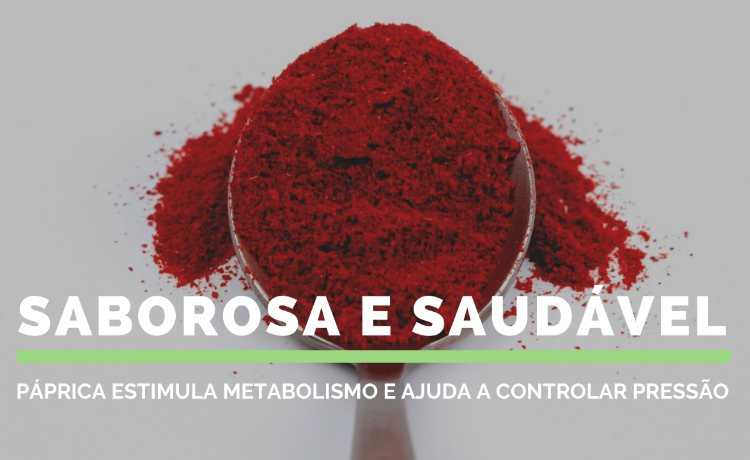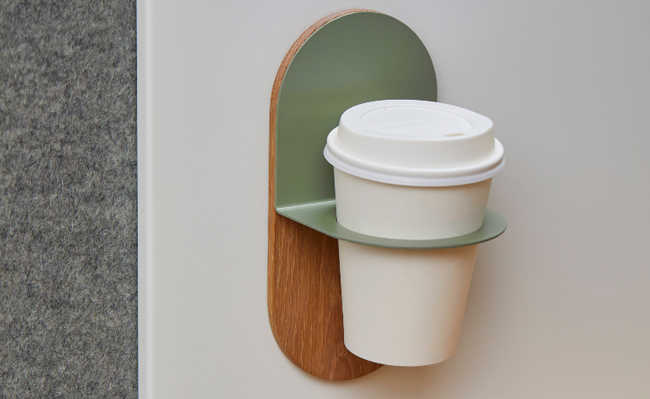How to dispose of ink
When disposing of these chemicals, special care must be taken

How to dispose of ink? That's the question we think we'll never ask, but that's just until the renovation is over.
But before carrying out a renovation, it is necessary to be informed about what to do with leftover paint, as well as leftover varnish and solvent; to avoid causing harm to the environment and harmful effects to people.
According to Zilda Veloso, manager of Solid Waste at the Ministry of the Environment (MMA), the improper disposal of leftovers from some chemical materials can cause serious problems. “The remains of paint, varnish and solvent can be absorbed by the soil or reach underground water, contaminating the water table”, he explains. Also according to the specialist, the disposal in manholes, sinks and tanks can lead to the contamination of water courses to the river network. “If (the toxic material) is transported to a treatment plant, it can, depending on the toxicity, reduce the toxic load. Furthermore, depending on the amount of volatile compounds discarded and if the environment is confined, it can generate gases or cause explosions, if it has a heat source”, he adds.
With regard to cans and packaging, according to the booklet on waste of the Brazilian Association of Paint Manufacturers ( Abrafati ), the correct thing is to disable the cans with holes, cuts or pressing to avoid another use as they contain pollutants and cannot be destined for municipal garbage collection.
How to dispose of ink
If the paint is latex-based, the ideal for its disposal is its solidification, that is, drying it until it becomes a solid material. To do this, just let it dry, or if the quantity is too large you can use some material to speed up this process, such as mixing the paint with cat litter. After it dries, it can be normally discarded and sent to landfills.
Another destination for the products that are left in your home after the renovation, if they are ready to be used, is to donate to acquaintances, neighbors, schools, nursing homes or even needy institutions. Another good tip is to always reuse the brushes you use to apply the products. That is, when you finish your work, clean the objects and save them for future use, as they can be reused at other times. But remember: for solvent-based paints, wash tools with the same solvent used to dilute the applied paint. Pour the residue from this wash and solvent onto the sand, but never onto the ground. After the solvent has evaporated, dispose of the sand in the common garbage.
For water-based paints, wash tools with water and then soap and water. If there is treated sewage at the site, dispose of the water used to wash tools in drains, tanks or toilets. So it will go to the sewer system, avoiding impacts on rivers and streams. Do not dispose of it in sewers, sewers and even less on the ground. This is the orientation of the Pintou Cleaning Campaign.
You can also contact the city hall in your city to find out how they handle materials that are difficult to recycle, if other alternatives have not worked. You can also find collection or recycling stations on the eCycle Portal search engine.
Try to avoid disposing of ink
To avoid discarding ink and even save your pocket, determine the amount of ink needed, an action that is also good for the environment. To do this, just measure the area to be painted (measure twice to avoid mistakes) and check on the packaging or with the manufacturer about the paint yield. Try to use the entire contents of the package with the help of a spatula. In case of doubts, contact the place where you purchased the product, they will be able to clarify all your doubts and inform you of the most appropriate way to carry out your painting.
You can also mix up the leftover paint to make a gray or concrete color. But only products of the same type and with the same characteristics can be mixed. Do not mix water-based paint with solvent-based paint.
Cover the paint can tightly so it doesn't dry out and guarantee the next use.
The can also deserves attention
Give the empty can a correct destination. Recycle! Even with the remains of dry paint, send the empty cans to: - A Transshipment and Sorting Area (ATT) authorized by the city hall - Voluntary Delivery Points (PEVs) - Cooperatives of recyclable material collectors - Legalized scrap collectors. Find collection points for paint cans near your home in the search engine on eCycle portal .
Steel or aluminum cans are infinitely recyclable and can return to the recycling cycle whenever necessary.
Manufacturer also has responsibility
In the city of São Paulo, Law 15,121/2010 requires merchants and producers of solvents, paint and varnishes to be responsible for collecting household and industrial waste for later recycling and reuse of leftover products that have expired and returned by consumers. The inspection of this new measure is under the responsibility of the Municipal Secretariat for Green and the Environment. Among the punishments in case of non-compliance is the cancellation of the operating license.
The measure also prohibits anyone involved (merchant, manufacturer or consumer) from disposing of these packages in common garbage. When this occurs, the person responsible must be denounced by the Public Ministry. The household waste collection service is also prohibited from collecting this type of material.
But if, in theory, manufacturers and producers are determined by law to give a correct destination to materials of chemical origin, the practice still does not provide simple and concrete solutions to consumers. Four companies were contacted by PortaleCycle and only paint manufacturer Coral responded. According to the company, the best thing the consumer can do is to use as much of the purchased ink as possible and follow the guidelines contained in the packaging. With regard to packaging, the company advises disposing of the cans as metallic scrap.









